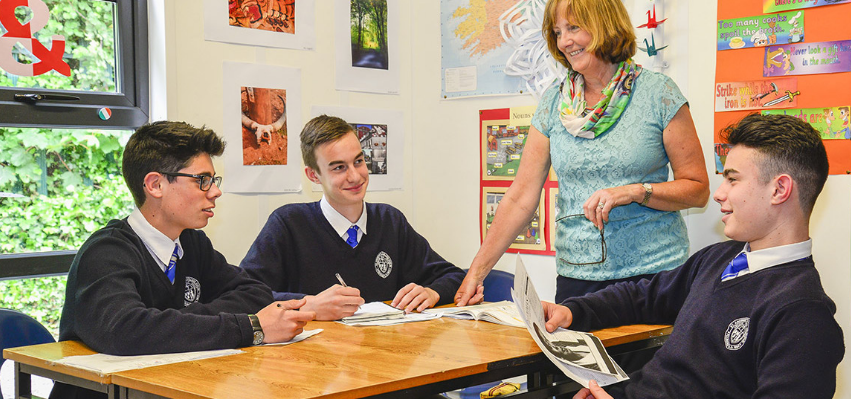
Editor’s note: This commentary from Mike McShane, director of national research at EdChoice and a reimaginED guest blogger, appeared Wednesday on forbes.com.
What makes a private school, well, private? And what does that mean for the school choice movement and the quest for a more pluralistic education system in the United States?
I’ve been wrestling with these questions since finishing Sean McGraw and Jonathan Tiernan’s wonderful new book The Politics of Irish Primary Education. It might be surprising that a book about recent trends in Irish education would cause such reflection about American education, but many of the topics that McGraw and Tiernan cover relate to issues in the states in interesting and surprising ways.
Ireland has been identified as the country with the most school choice on earth. At first glance, this would appear to be true. As McGraw and Tiernan identify, around 98% of Irish primary schools are private, with 89% of schools operated by the Catholic Church, 6% by the Church of Ireland, and 3% by Educate Together, a non-denominational school patron.
Students are free to enroll in whatever school they like, and schools are paid by the state based on enrollment. Only a small percentage of schools are oversubscribed (McGraw and Tiernan estimate around 6%), forcing a decision tree of priorities to determine if the child gets a spot. Other than that, students can attend whatever school they want.
But remember, I said “at first glance.” Lift up the hood (or bonnet, as the case may be), and the picture becomes much murkier. The Irish state exerts an enormous amount of control over schools.
Schools must follow a national curriculum. The state sets teacher salaries and manages pensions. The state regulates school admissions policies and has axed any preferences that Catholic schools gave Catholic students in enrollment (schools aligned to minority religions can still give preference to children of their faith).
So, is it really a private school when it doesn’t set its own curriculum, determine how much its teachers should get paid, or determine how it will admit students? Are families really offered choice?
To continue reading, click here.


